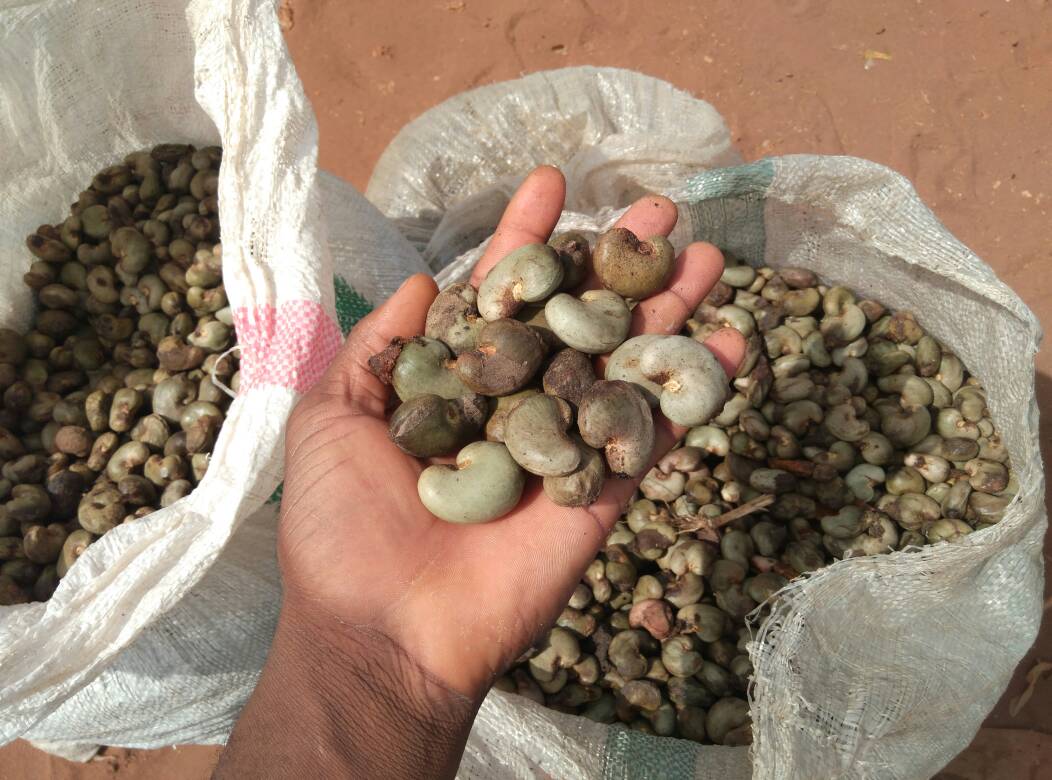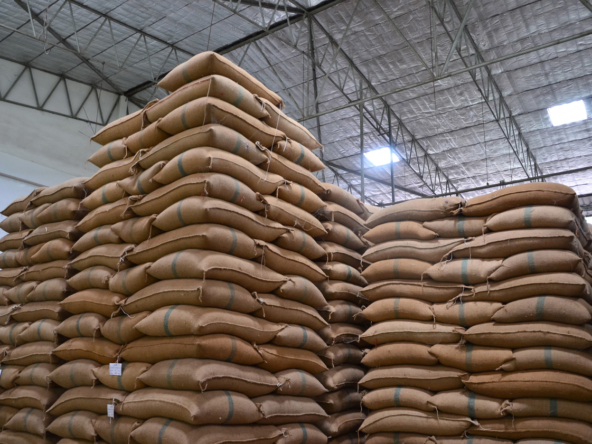A Surprising Treasure in Agro Waste
When we think of cashews, our minds often drift to their creamy texture and health benefits. But hidden in the hard shells that encase these delectable nuts lies a world of untapped potential. Cashew nut shells (CNS) have been considered agricultural waste for decades. However, recent innovations and research are rewriting their story, unveiling their utility in industries ranging from renewable energy to advanced materials.
1. A Biofuel Revolution: Cashew Shell Liquid (CNSL)
Cashew nut shells are rich in Cashew Nut Shell Liquid (CNSL), a natural resin with remarkable chemical properties.
- Renewable Energy Source: CNSL contains anacardic acid, a precursor for biofuel production. Researchers are now exploring its role in creating sustainable fuels for industrial machinery and vehicles.
- Eco-Friendly Coatings: The liquid is also a key ingredient in water-resistant coatings, replacing petroleum-based alternatives.
A 2023 study by the International Journal of Green Energy revealed that CNSL-based biofuels produce up to 30% fewer emissions compared to conventional diesel.
2. Bioplastics and Sustainable Packaging
As the demand for eco-friendly materials grows, cashew nut shells have emerged as an unlikely hero.
- Bioplastics Production: CNSL derivatives are being used to create biodegradable plastics that reduce landfill waste.
- Innovative Packaging Solutions: Companies are experimenting with cashew shell fibers to develop compostable packaging, offering a sustainable alternative to single-use plastics.
3. Advanced Materials: The Next Frontier
Recent advancements highlight the potential of cashew nut shells in high-tech applications:
- Graphene Production: CNSL has been identified as a cost-effective source for graphene, a super-strong material used in electronics, batteries, and aerospace.
- Activated Carbon: The shells are also processed into activated carbon, a critical material in water purification and air filtration systems.

According to a 2024 study published in Materials Science Innovations, cashew shell-derived graphene is 20% cheaper to produce than traditional methods, paving the way for more accessible high-tech applications.
4. Enhancing Soil Health
Not all innovations are high-tech. Cashew nut shells also hold promise in sustainable farming:
- Biochar for Soil Amendment: Shells can be converted into biochar, enriching soil fertility and reducing greenhouse gas emissions.
- Organic Pest Repellent: The natural compounds in CNSL deter pests, providing an eco-friendly alternative to chemical pesticides.
5. Addressing Agro-Waste Challenges
Despite their potential, the large-scale utilization of cashew nut shells comes with challenges:
- Infrastructure Needs: Processing CNSL and other derivatives requires specialized equipment.
- Toxicity Management: Anacardic acid and other compounds must be handled carefully to avoid environmental harm.
Researchers and industries are collaborating to overcome these hurdles, ensuring a sustainable future for this agro byproduct.
Conclusion: The Future of Cashew Shell Innovations
The humble cashew nut shell is shedding its waste label and stepping into the spotlight as a versatile, sustainable resource. From powering industries to enhancing soil health, its potential is vast and largely untapped. By embracing these innovations, we can transform agro-waste into a catalyst for progress, aligning with global sustainability goals.
For eco-conscious businesses and consumers, the next time you see a cashew, think beyond the nut—there’s a world of innovation inside its shell.




